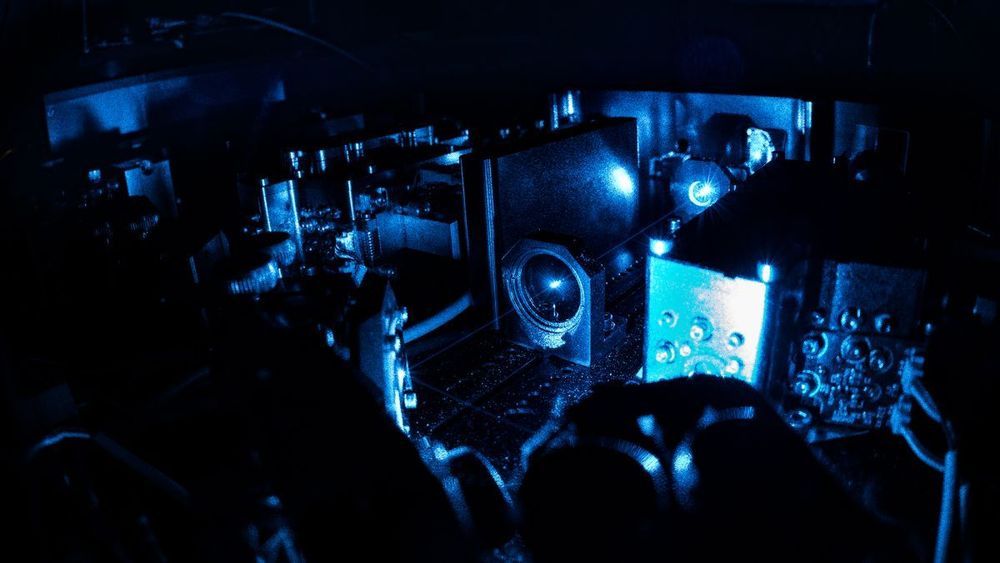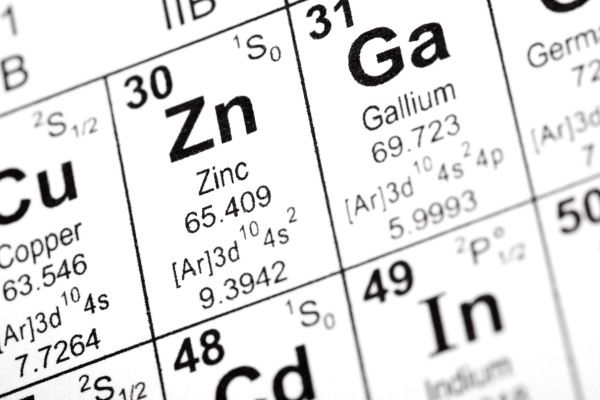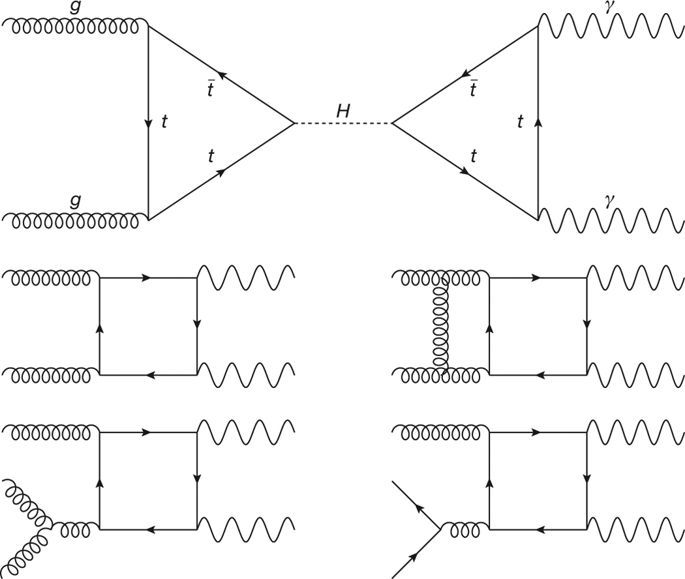The bubbling, raucous quantum vacuum distorts the shape of every hydrogen atom in the universe, and it distorts antimatter “antihydrogen” too.


Plant-based cellulose nanocrystals have remarkable inherent properties, and when combined with water, a powerful adhesive is formed that competes in strength with Superglue, without the need for toxic solvents.

Massive-scale particle physics produces correspondingly large amounts of data – and this is particularly true of the Large Hadron Collider (LHC), the world’s largest particle accelerator, which is housed at the European Organization for Nuclear Research (CERN) in Switzerland. In 2026, the LHC will receive a massive upgrade through the High Luminosity LHC (HL-LHC) Project. This will increase the LHC’s data output by five to seven times – billions of particle events every second – and researchers are scrambling to prepare big data computing for this deluge of particle physics data. Now, researchers at Lawrence Berkeley National Laboratory are working to tackle high volumes of particle physics data with quantum computing.
When a particle accelerator runs, particle detectors offer data points for where particles crossed certain thresholds in the accelerator. Researchers then attempt to reconstruct precisely how the particles traveled through the accelerator, typically using some form of computer-aided pattern recognition.
This project, which is led by Heather Gray, a professor at the University of California, Berkeley, and a particle physicist at Berkeley Lab, is called Quantum Pattern Recognition for High-Energy Physics (or HEP.QPR). In essence, HEP.QPR aims to use quantum computing to speed this pattern recognition process. HEP.QPR also includes Berkeley Lab scientists Wahid Bhimji, Paolo Calafiura and Wim Lavrijsen.

For the first time, researchers have used light to control the shape of nanoparticles and create micron-size hollow shells from crystals of cuprous oxide (copper and oxygen). Such particles could have future applications as a low-cost catalyst to help pull excess carbon dioxide from the air, a way to improve microscopic imaging and more, says Bryce Sadtler, a chemist at Washington University in St. Louis and senior author of a study on the new method, published last October in Chemistry of Materials.
Hollowed-out microcrystals could lock away carbon.
Superfluid helium, describable by a two-component order parameter, exhibits only the Bogolubov mode with energy $\to 0$ at long wavelengths, while a Lorentz-invariant theory with a two-component order parameter exhibits a finite energy mode at long wavelengths (the Higgs Boson), besides the above mass-less mode. The mass-less mode moves to high energies if it couples to electromagnetic fields (the Anderson-Higgs mechanism). Superconductors, on the other hand have been theoretically and experimentally shown to exhibit both modes. This occurs because the excitations in superconductors have an (approximate) particle-hole symmetry and therefore show a similarity to Lorentz-invariant theories.




Molecule Rules
The team even managed to observe two of three atoms collide to form a molecule — a process that has never been observed on this scale before. They were surprised at how long it took compared to previous experiments and calculations.
“By working at this molecular level, we now know more about how atoms collide and react with one another,” lead author and postdoc researcher Marvin Weyland said in a statement. “With development, this technique could provide a way to build and control single molecules of particular chemicals.”

“We are sidestepping all of the scientific challenges that have held fusion energy back for more than half a century,” says the director of an Australian company that claims its hydrogen-boron fusion technology is already working a billion times better than expected.
HB11 Energy is a spin-out company that originated at the University of New South Wales, and it announced today a swag of patents through Japan, China and the USA protecting its unique approach to fusion energy generation.
Fusion, of course, is the long-awaited clean, safe theoretical solution to humanity’s energy needs. It’s how the Sun itself makes the vast amounts of energy that have powered life on our planet up until now. Where nuclear fission – the splitting of atoms to release energy – has proven incredibly powerful but insanely destructive when things go wrong, fusion promises reliable, safe, low cost, green energy generation with no chance of radioactive meltdown.